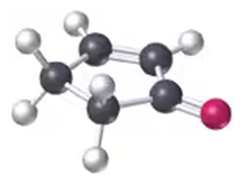Textbook Question
Convert the condensed structures shown to skeletal structures.
(b) CH3CH2CH2CH2OH
621
views

 Verified step by step guidance
Verified step by step guidance Verified video answer for a similar problem:
Verified video answer for a similar problem:



 2:26m
2:26mMaster Skeletal Formula Concept 1 with a bite sized video explanation from Jules
Start learning